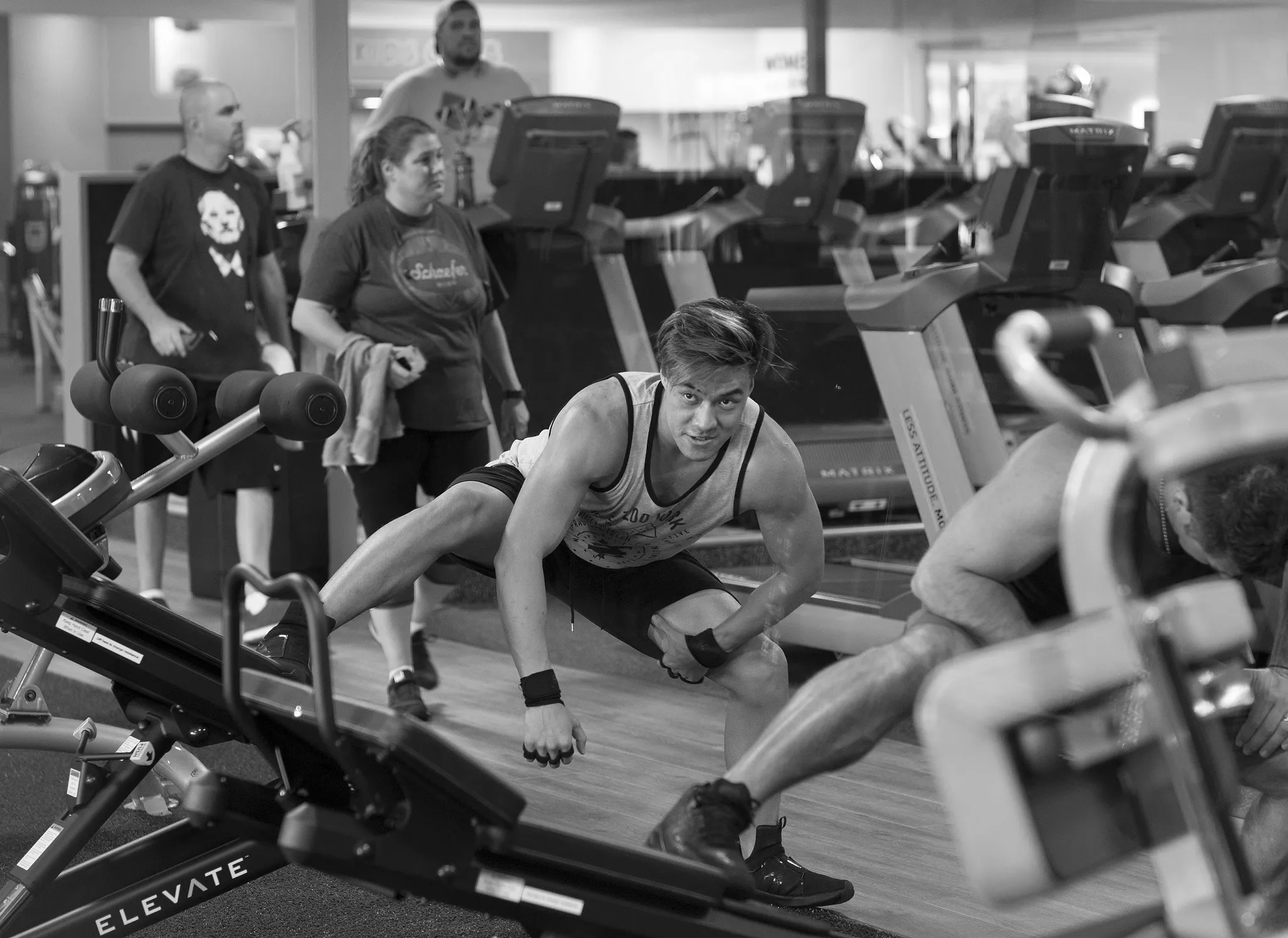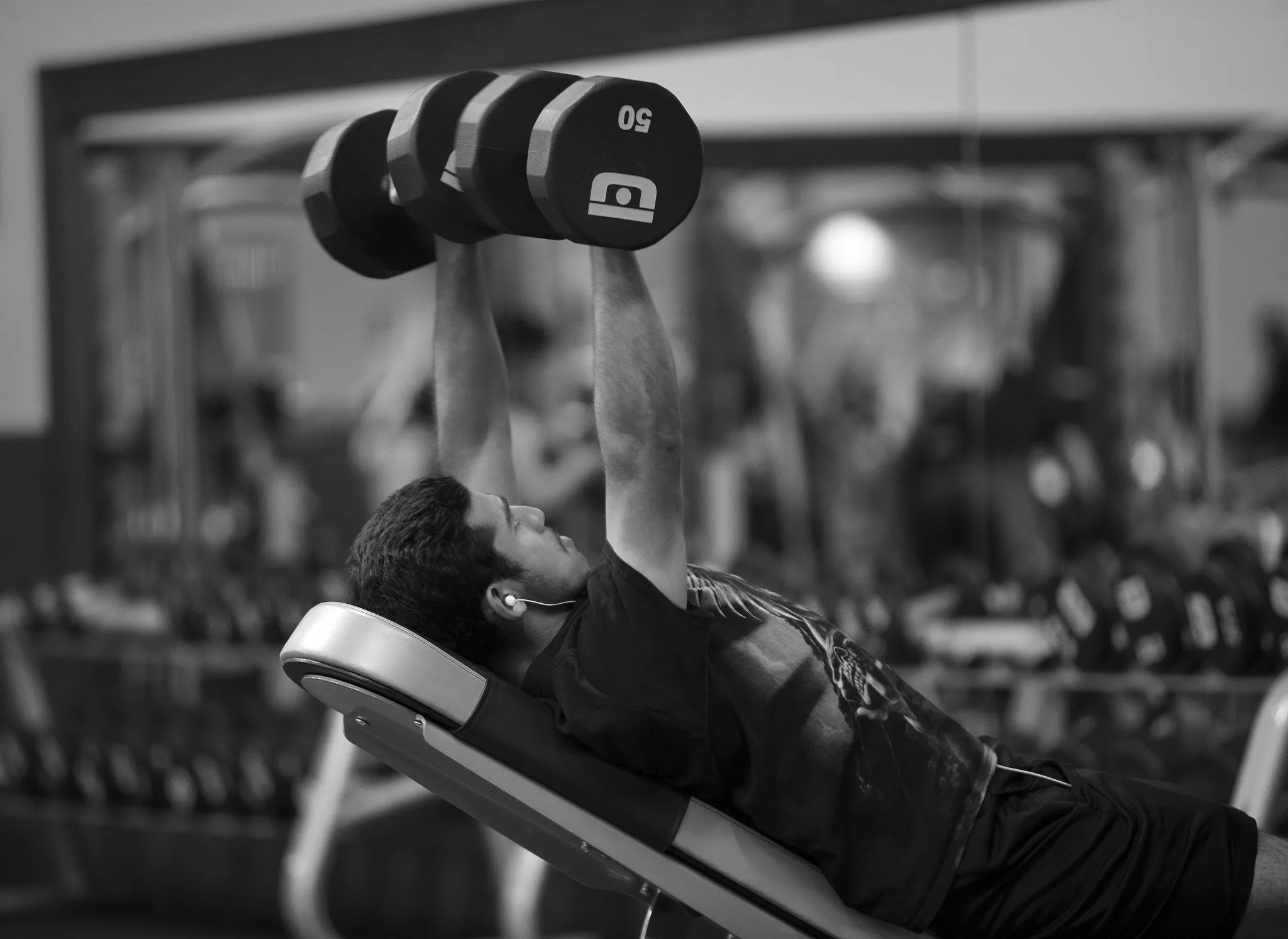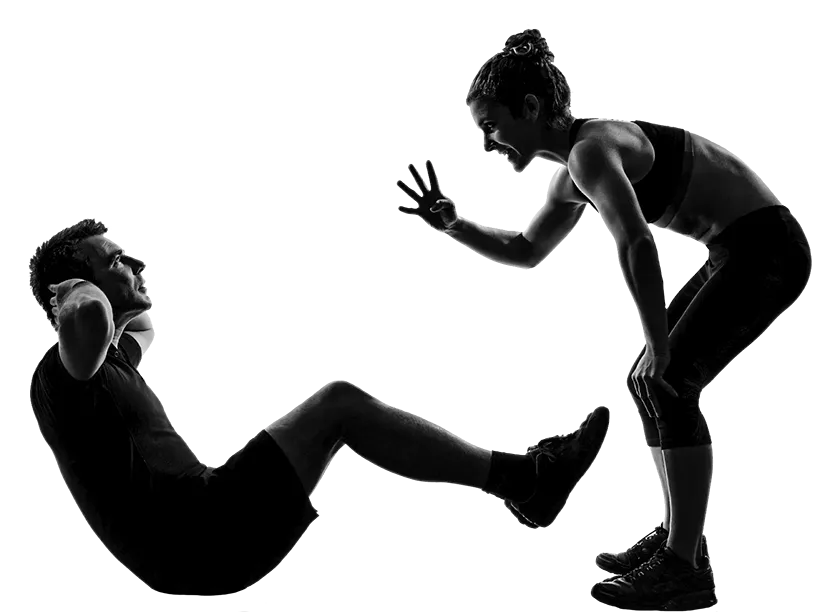There’s always more than one way to do something, and reverse fly workouts are no exception. You can do them standing or sitting, with or without weights, using one arm or two, bench or no bench––there’s just so much beauty in such versatility!
If you’re unfamiliar, the reverse fly is a resistance exercise that strengthens the upper body, especially the rear shoulder and upper back muscles–specifically the rear deltoid and rotator cuff muscles.
At this point, you may be asking yourself: why exercise muscles that are barely visible, what benefit does this type of workout provide, how to do reverse fly, and even what a back fly workout is. If this is the case, read on as we explore the answers to all of these questions—and more.
How to Do a Perfect Reverse Fly
Your time and effort are valuable, so whatever’s worth doing is worth doing right—especially when it comes to working out. Proper form will enhance physical performance, reduce the risk of injury, and allow you to reap the most benefits.
To that end, check out these steps on how to do a proper dumbbell reverse fly exercise:
- Stand on a flat surface with your feet hip or shoulder-width apart. Keep a slight bend in the knee, and let your arms rest at your sides.
- Hinge your hips back and bring your chest almost parallel to the ground. Allow your arms to hang freely, and maintain a straight back.
- Keep a slight bend at the elbow and lift your arms away from one another, up towards your shoulders. It should look as though you have wings and are making a flying motion.
- Slowly bring your arms back down, and repeat the exercise. Repetitions will vary from person to person.
At first, this exercise may look like someone trying to fly away with their feet glued to the ground. If, hypothetically, liftoff were possible, it’d be the result of the pushing motion rather than the pulling motion. But in this case, it’s the latter. Hence the name, reverse fly.
Common Mistakes When Doing a Reverse Fly
When using dumbbells during this exercise, people will often swing them using the weight’s momentum instead of the muscle to complete a rep.1 But doing this won’t boost muscle strength. Remember, the tortoise, not the hare, won the race, so use a steady and controlled motion to strengthen the key muscle groups.
If you’re straining to complete the full range of motion with dumbbells, you may be using too much weight. Not only can this result in poor form, but it can also result in injury. Better form and less weight will trump poor form and more weight over time.
Another common mistake people often make when performing a reverse fly is hunching or rounding their back. Doing this will only add unwanted stress to your lower spine.1 To avoid this, be mindful of your form: keep your back linear, core tight, and remember to tuck in your chin.
Reverse Fly Variations
One of the beautiful things about this exercise is its adaptability. You can do it at home or the gym, and with or without bands and weights, and never get bored. Whether standing, seated, or in a prone position, it’s an exercise that anyone can utilize at any point in their exercise journey.
Below are a few of our favorite ways to incorporate reverse flys into your workout.
Seated Reverse Fly
This is an excellent choice for someone using dumbbells that may find the standing position uncomfortable. Here, you’re pretty much following the same steps we listed above, except seated.
There are a few different ways to do this seated dumbbell reverse fly:
- Regular bench – Sit on a bench with your arms at your sides. You’ll still hinge your hips and keep your back straight, but instead of having your chest almost parallel to the floor, you’ll keep it at roughly a 45-degree angle to your thighs and knees.
- Incline Bench – You can sit forward or backward on the incline bench. Sitting forward is a good option for someone who may have trouble with the hip hinge, while sitting backward is for someone looking for more of a physical challenge.
Cable One Arm Reverse Fly
The cable one arm reverse fly is an excellent alternative to isolate the rear deltoids, establish more core strength, and focus on a fuller range of motion. This variation can be done at the gym using a cable pulley machine:
- Begin in a similar stance as instructed above, and place the pulley at an even height with your neck.
- Stand sideways in front of the machine, and use the outside hand to grab the pulley by extending your arm across your body. Tip: place your other hand on the machine or your hip for balance during the exercise.
- As you pull your arm out to your side, slowly exhale. When you feel the rear deltoid muscle contract, hold it briefly and then inhale as you bring it back to the starting point.
Upright Reverse Fly with Bands
A benefit to using resistance bands is that they create more tension the farther they’re stretched, resulting in more muscle activity in and around the targeted muscle groups.2 It’s a great option for people with lower back pain or difficulty bending over.
This variation can be done at the gym or at home, either sitting or standing in an upright position:
- First, find somewhere to attach the resistance band—ideally, a fixed object. You could anchor it to a door, a stationary beam, or, perhaps, even a tree (if the weather agrees).
- Ensure the bands are about chest height, and grab them with your arms out in front of you, keeping the elbows slightly bent. The bands shouldn’t have any slack. Instead, they should be taut and just beginning to stretch.
- Keep your palms faced inward and arms parallel to the floor. Then, bring your arms back until your elbow is even with, or slightly past, the shoulder to maximize the range of motion.
Prone Reverse Fly
This variation can be done with or without weights in three different positions (depending on a person’s skill level)—on the floor, on a bench, or on an exercise ball. Doing this variation without weights on a bench or an exercise ball is best for anyone with lower back discomfort or a previous shoulder injury.
If you’re performing this exercise on the floor:
- Lay face down on your belly with your arms down at your side, angled slightly outward, and palms resting on the ground.
- Pull your shoulder blades together and down towards your hips as you lift your arms up slowly from the floor.
- Hold each rep for between 2 and 12 seconds, and repeat.
If you’re performing this exercise on a bench:
- Lay face down with your arms out to the side. Bend your elbows, and keep your hands in line with, or slightly above, your head.
- Pull your shoulder blades together and down towards your hips as you lift your arms up.
- Hold each rep for between 2 and 12 seconds, and repeat.
If you’re performing this exercise on an exercise ball:
- Lay face down on your belly with your arms extended out towards the side (imagine you were a bird with its wings fully extended).
- Pull your shoulder blades together as you lift your arms up.
- Hold each rep for between 2 and 12 seconds, and repeat.
Please keep in mind, the more advanced the pose, the harder it will be to hold each rep.
Precautions and Safety Measures
The reverse fly is a safe exercise for people without shoulder or back injuries. Its versatility is what makes it a great option for various ages and levels of strength.
However, to ensure you’re performing this move with proper form, continuously monitor yourself using these questions as a guide:
- Are my knees slightly bent?
- Am I hinging at the hips?
- Do I have a straight back?
- Is my chin tucked in?
- Am I keeping my core tight?
It’s best to refrain from doing this exercise if you’ve suffered a recent shoulder or back injury, feel any pain or soreness while doing it, or have recently had surgery.
Why You Should Do Reverse Fly Workouts
While we don’t use our rear shoulder and upper back muscles to literally fly (reverse or otherwise), these muscles are crucial for good posture and everyday movements.
In fact, here are a few of the benefits dumbbell reverse flys can offer:
- Improved posture and balance
- Reduced neck pain
- Supported shoulder girdle
- Stretched chest muscles
- Strengthened posterior shoulder and upper back muscles
Sources:
- Mayo Clinic. Healthy Lifestyle Fitness. https://www.mayoclinic.org/healthy-lifestyle/fitness/multimedia/reverse-fly/vid-20084679
- National Library of Medicine. Muscle Activity in Upper-Body Single-Joint Resistance Exercises with Elastic Resistance Bands vs. Free Weights. https://www.ncbi.nlm.nih.gov/pmc/articles/PMC5873332/
- Harvard Health Publishing. Strength training relieves chronic neck pain. https://www.health.harvard.edu/pain/strength-training-relieves-chronic-neck-pain





